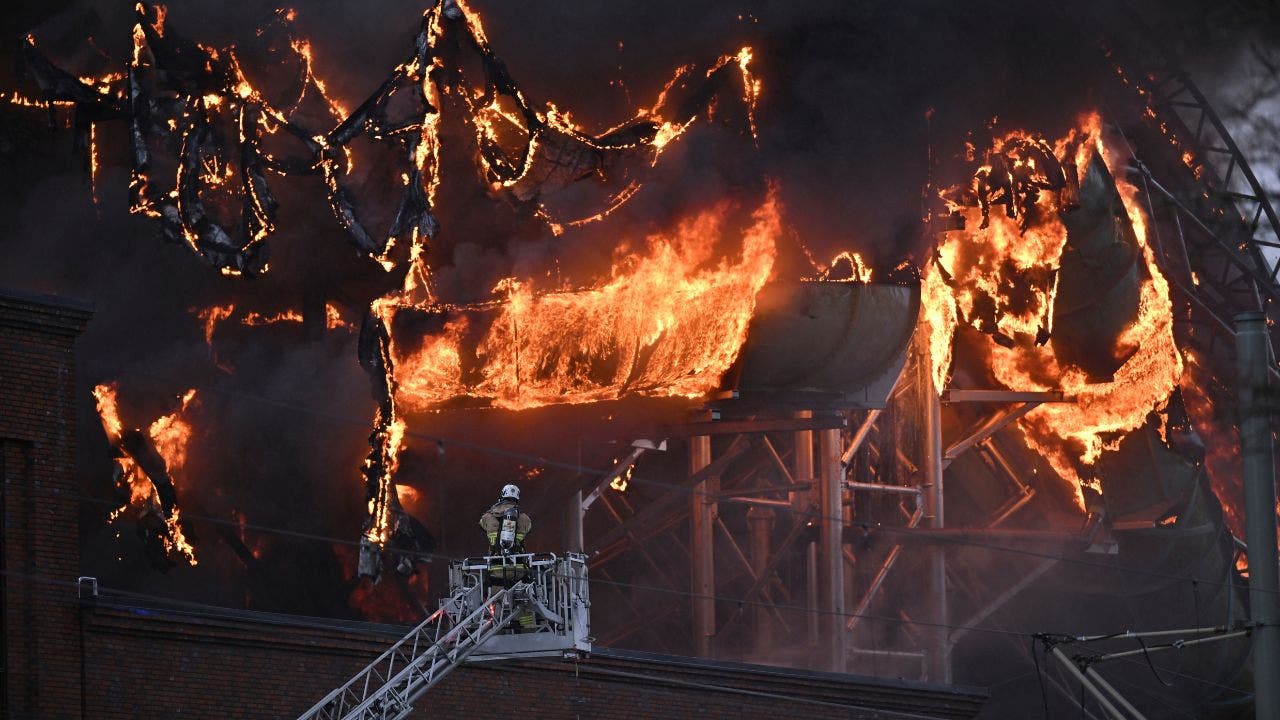Call me slow, and behind the times, but how does a turbine have two different inlet and outlet speeds, if they're the same shaft and the back powering the front? (and vicey-versey?)
TLDR: it's a secret and if I tell you, I gotta kill you.
Volume of air in front vs rear.
Imagine a cone with the wide end being the inlet. The skinny end is the outlet/nozzle.
It's diameter/volume is, let's say 10x
what the outlet/nozzle of the cone is.
Compress that large front volume and the velocity going through the narrow end increases.
Brass musical instruments are another example of this, only reversed. The volume is tuned via the keys, which change the volume and pitch of the air movement.
Ammunition cartridges work on a very similar principle to the jet engine.
6BR vs 30BR.
Both have nearly the same case capacity. Stick 30gr of Varget and a 108 projectile into either one and the 6 will produce more pressure at the case mouth and on the transducer.
Since the 30 has a larger "nozzle" it takes more powder to get equal pressure.
In fact, most 30-BRs are shot with 34.8-35.5 gr of a faster burning powder than used in the 6-BR.




